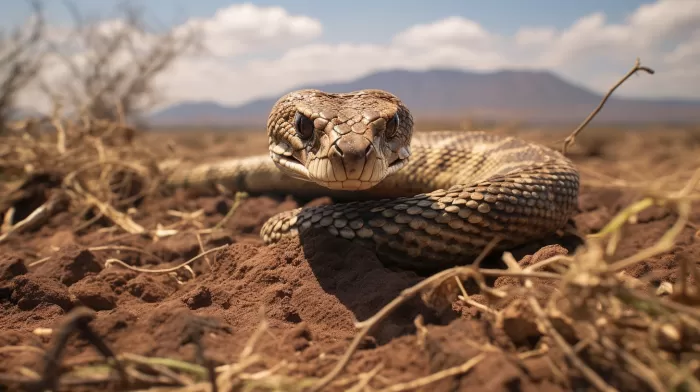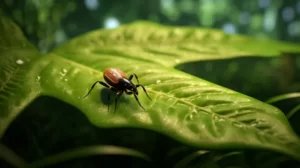Each day, approximately one American loses their life to West Nile virus, a statistic that the Centers for Disease Control and Prevention (CDC) warns may be on the rise. The reason for this potential increase in West Nile virus cases lies with snakes and their consumption of birds that help keep mosquito populations under control. As climate change and warmer weather cause snakes to stay active longer, their interaction with bird species, such as the Acadian flycatcher, plays a significant role in the management of mosquitoes that spread the virus.
University of Missouri biologist John Faaborg asserts that farmers, public health officials, and wildlife managers should be mindful of the complicated indirect effects of climate change. He explains that “a warmer climate may be causing snakes to become more active and seek more baby birds for food…Increased snake predation on birds is an example of an indirect consequence that forecasts of the effects of climate change often do not take into account.”
Acadian Flycatchers’ Survival Rates Declining Due to Higher Temperatures
Researchers have noted that since 1990, fewer young Acadian flycatchers and indigo buntings have survived during years with increasing temperatures. Faaborg’s study highlights that “bird populations in the entire state (of Missouri) depend on the Ozarks.” As a result, decreasing baby bird survival rates, particularly in Missouri’s Ozark forests, become a growing concern. As hotter temperatures cause snakes to seek out more baby birds, adverse consequences not only affect bird populations but also extend to the spread of West Nile virus among humans.
Climate Change: The Domino Effect on Bird and Mosquito Population
The connection between bird populations, mosquito populations, snake activity, and climate change highlights the domino effect caused by the changing environment we live in.
As snake predation on birds increases as a result of warmer weather, mosquitoes that would typically be consumed by said birds are then allowed to breed and thrive in higher numbers. As the mosquitoes multiply, so do the chances of West Nile virus transmission to human populations through mosquito bites.
Wildlife Sector: Importance of Collaboration and Adaptation to Climate Change
The threats posed by this potential rise in West Nile virus due to climate change underline the importance of collaboration and adaptation in the wildlife sector. As climate change affects weather and temperature patterns, the reaction of various animals, in this case, snakes and birds, should be closely monitored and managed.
Climate change adaptation must become an essential component in wildlife management strategies, bird conservation initiatives, and public health awareness programs, all with the intention of minimizing the impacts of this domino effect. Such a fundamental shift in the approach could help avoid the destruction of ecosystems, maintain balance in animal populations, and protect human populations from an increased risk of diseases like West Nile virus.
Conclusion: Taking a Proactive Approach to the Effects of Climate Change
The potential increase in West Nile virus due to snakes’ activity is a prime example of the indirect consequences of climate change on both animal and human populations. By understanding the connection between snakes, birds, mosquitoes, and climate change, public health and wildlife organizations can develop proactive strategies to monitor and mitigate the effects of this intricate relationship.
Collaboration among the various sectors involved in bird conservation, wildlife management, and public health will be essential in addressing the potential increase in West Nile virus cases. A combined effort can help ensure the future safety and well-being of both animal populations and the public at large.



